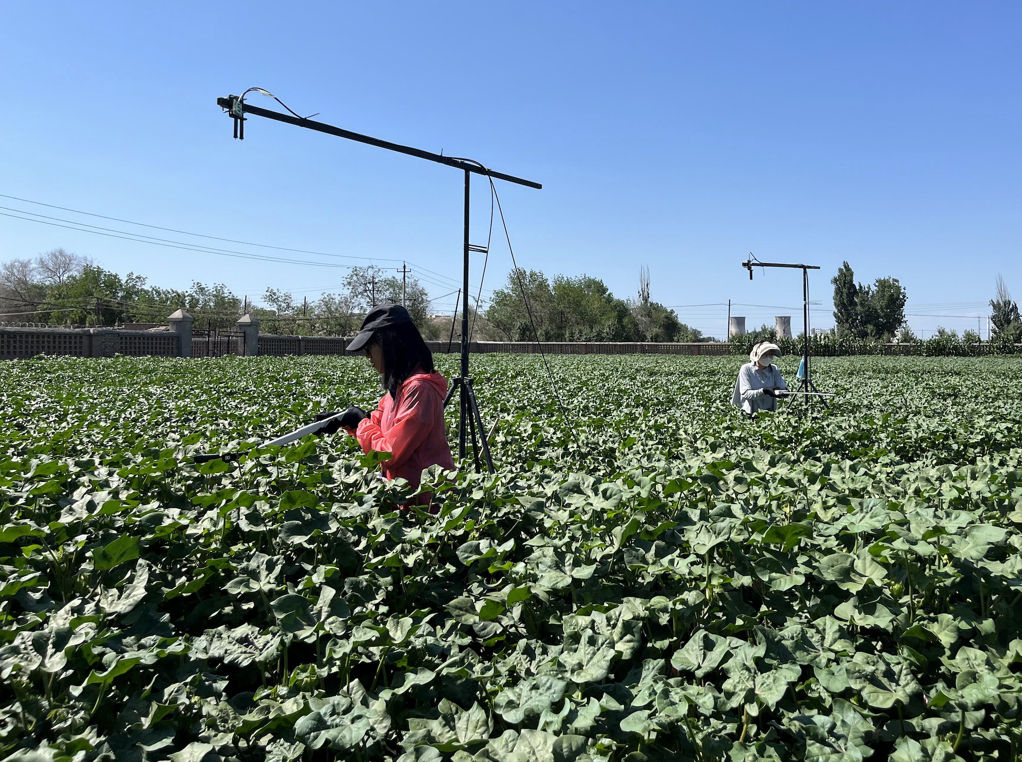Study Unravels Dynamics of Plant Stress Using Solar-Induced Chlorophyll Fluorescence
May 27, 2024
A study published in the IEEE Journal of Selected Topics in Applied Earth Observations and Remote Sensing sheds light on how plants respond to stress, specifically in the case of cotton plants affected by verticillium wilt (VW). This disease can wreak havoc on cotton crops but understanding how it affects the plants at the photosynthetic physiological level has been a challenge.
Researchers have long known that solar-induced chlorophyll fluorescence (SIF) can be a useful indicator of a plant's health. However, when it comes to VW stress, things get tricky. There are both physiological changes – those directly related to the plant's photosynthesis – and non-physiological changes happening simultaneously, making it difficult to figure out exactly why SIF varies.
To tackle this challenge, scientists from the Aerospace Information Research Institute (AIR) with the Chinese Academy of Sciences (CAS) observed the diurnal fluctuations in SIF and other factors in both healthy cotton plants and those affected by VW. This study was conducted in two fields in Shihezi, Xinjiang --- one infected with VW and a healthy control field.
During the observation period from July 26 to August 26, 2023, data were collected using an automated SIF observation system. The findings revealed that in the early stages of VW development, physiological factors primarily drove SIF variations, exhibiting a distinct diurnal pattern.
However, as VW severity increased, the contribution of physiological factors decreased, dropped by nearly half. Instead, non-physiological factors (like structural changes in the plants) became more influential, cutting the amplitude of diurnal variation of physiological by about two-thirds.
This shift in dynamics provides valuable insights into how VW impacts cotton plants and could enhance monitoring and management strategies for the disease. Furthermore, the researchers developed a practical method to more accurately estimate a key component of SIF, improving the assessment of VW stress severity and its effects on cotton plants.
The study also examined the effects of VW on the cotton canopy, highlighting the responses of vegetation indices (VIs) and SIF parameters to varying stress levels. By understanding the relative contribution of physiological and non-physiological factors in SIF variations, scientists aim to develop more precise methods for assessing VW stress severity in cotton crops.
Prof. Huang Changping from AIR stresses the importance of future studies incorporating more comprehensive data and radiative transfer model simulations to enhance stress detection accuracy and yield estimation.

Researchers work in the cotton experimental field. (Image by AIR)
Contact: luyq@aircas.ac.cn



News & Events